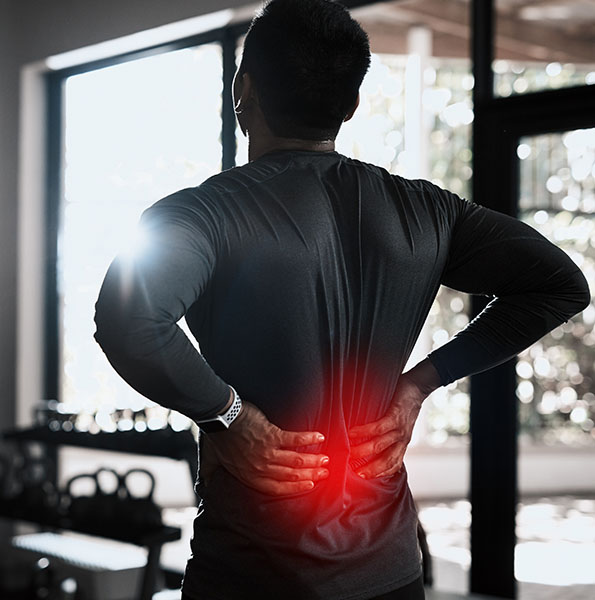
Lumbar Spine Fusion
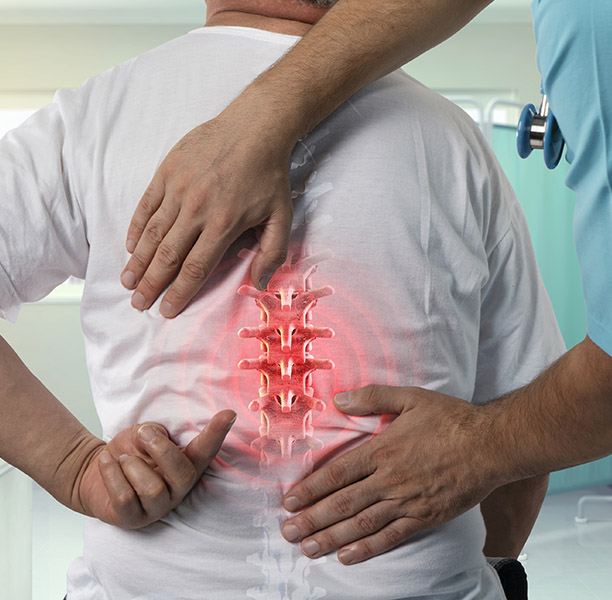
Lumbar spinal fusion surgery is designed to permanently connect two or more vertebrae in your lower back to stop painful motion between vertebrae by “fusing” them together. Most commonly, this type of surgery is performed to alleviate the pain and disability caused by conditions such as degenerative disc disease or spondylolisthesis, although it can also be used to strengthen a weak or unstable lumbar spine, fractures, scoliosis, or deformity.
How It Works
There are many different approaches to lumbar and all involve techniques designed to mimic the normal healing process of broken bones. During a lumbar spinal fusion, Dr. Zhou places a bone graft or bone-like material within the space between two lumbar vertebrae. Metal plates, screws, and rods may be used to hold the vertebrae together so they can heal as one solid unit.
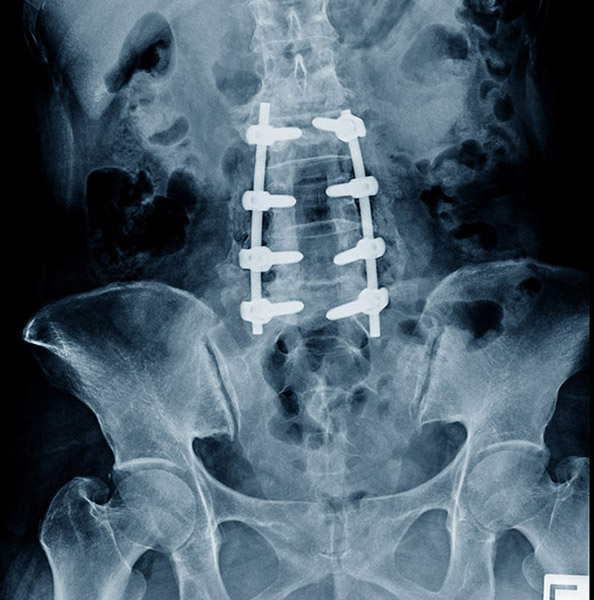
Types of Lumbar Spine Fusion
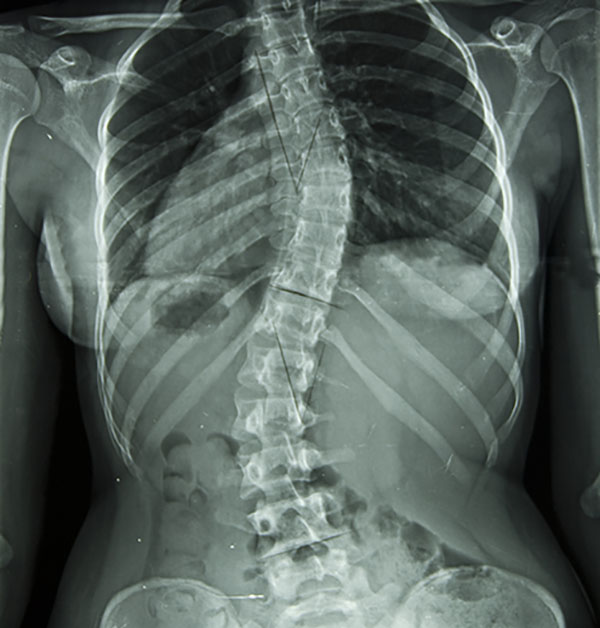
Anterior Lumbar Interbody Fusion
Back Surgery from the Front
Anterior lumbar interbody fusion (ALIF) is one of the most frequently used spinal fusion techniques and is performed through the front of the body (anterior approach). Interbody fusion refers to the removal of an intervertebral disc, which is replaced with a spacer during the fusion process. A major advantage of anterior entry is that a larger implant can be incorporated into the procedure.
Dr. Zhou performs the ALIF procedure to treat deformity of the spine, nerve compression, and associated pain. Such compression of spinal nerves may occur as a result of progressive disc degeneration, slippage of the vertebrae (spondylolisthesis), abnormal curvature of the spine (scoliosis, kyphosis, or loss of lordosis), or other causes of progressive spinal instability. The ALIF procedure is typically used to fuse either the lowest level of the spine (L5/S1), the second-lowest level of the spine (L4/5), or both.
Patients with persistent low back pain, which often radiates down the leg may be candidates for ALIF if more conservative treatments, such as rest, non-steroidal anti-inflammatories (NSAIDs), physical therapy, and corticosteroid injections, have not been effective in relieving their symptoms.
Procedure
Patients undergo the ALIF procedure under general anesthesia and lying face-up on an operating table. The surgeon makes a small incision on the side of the abdomen near the affected area through which the injured disc and other debris are removed.
A cage (or spacer) is then inserted into the disc space. The cage is typically made of either titanium or plastic and packed with bone graft. After inserting the cage, the surgeon will place either a metal plate or screws and rods in the vertebrae to maintain the stability of the spine around the cage as the vertebrae grow together and fuse.
Recovery
After undergoing an ALIF procedure, patients typically remain in the hospital overnight. Sometimes, a longer length of stay is required if the ALIF is performed as part of a multi-stage procedure. A physical therapy regimen is started soon after to assist the patient in regaining strength and mobility. Certain activities may be restricted, including lifting, twisting the midsection, and bending at the waist. Many patients can return to work within a few weeks after the procedure if their employment does not require strenuous exertion. However, heavy lifting and manual labor are prohibited for 3-6 months after the procedure, depending on the extent of the surgery.
Lateral Lumbar Interbody Fusion
A Lateral Approach to Spine Surgery
Dr. Zhou performs minimally invasive spinal fusion procedures such as a lateral lumbar interbody fusion (LLIF) are performed to relieve pain radiating from the lower back into the buttocks or legs. “Interbody fusion” refers to surgery in which an intervertebral disc is removed and the adjacent vertebrae are fused together.
The LLIF is different from other forms of spinal fusion surgery because it uses a lateral, or side, approach to the spinal column. By approaching from the side of the body, Dr. Zhou can reach the spine with minimal tissue damage and minimal risk. In addition, the side approach to the spine provides access to the damaged disc without requiring removal of any vertebral bone. Since the LLIF process is minimally invasive to the muscles and tissues at the site, recovery is often faster than with other fusion procedures.
The LLIF can be used to treat nerve compression, disc degeneration, spondylolisthesis, and other painful lower back conditions. Typically, Dr. Zhou will recommend a fusion rather than a laminectomy when there is instability or deformity of the bones of the spine.
Procedure
Dr. Zhou will make a small incision in the side through which he will insert an imaging device (called fluoroscopy) to help to ensure precision as he removes the damaged disc and other nearby debris. This restores room for the nerves that have been compressed. Dr. Zhou will then insert a cage (or spacer) made of either titanium or plastic and packed with bone graft into the disc space. The surgeon will then secure either a metal plate or screws and rods to the vertebrae to maintain stability of the spine around the cage as the vertebrae grow together and fuse.
Once the LLIF procedure is complete, imaging is used again to confirm accurate placement. The surgeon then closes the incisions with sutures. Depending on the extent of spinal damage being addressed, the LLIF procedure typically takes between one and three hours.
Recovery
After undergoing an LLIF procedure, patients typically remain in the hospital overnight. A physical therapy regimen is started soon after to assist the patient in regaining strength and mobility. Certain activities may be restricted, including lifting, twisting the midsection, and bending at the waist. Many patients can return to work within a few weeks after the procedure if their employment does not require strenuous exertion. However, heavy lifting and manual labor are prohibited for 3-6 months after the procedure, depending on the extent of the surgery.
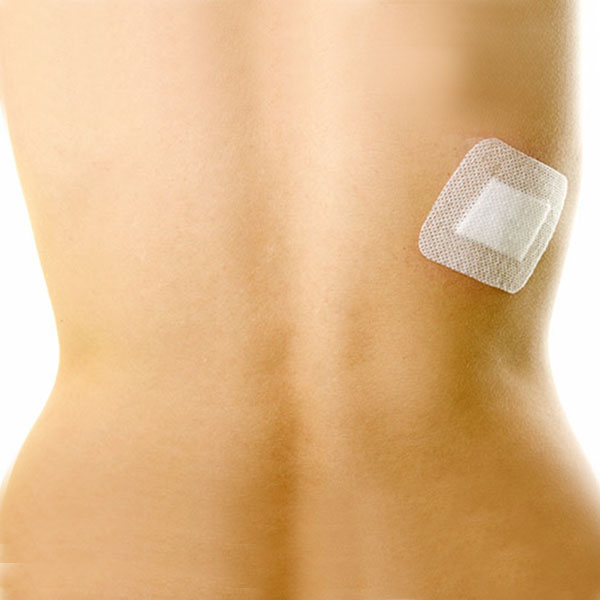
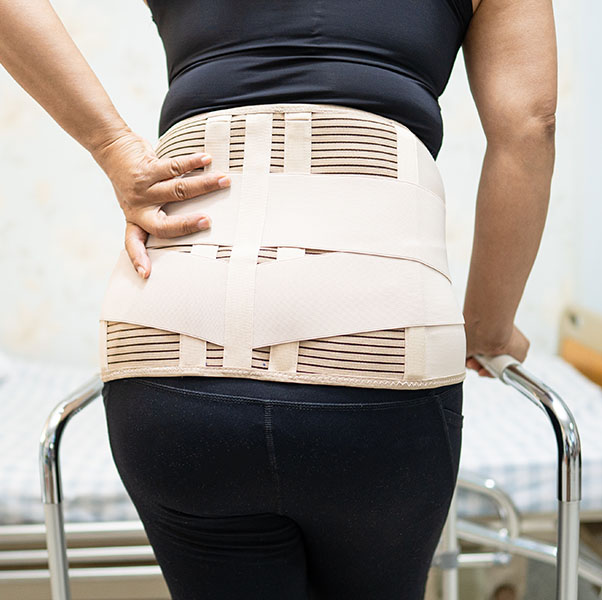
Posterior Lumbar Interbody Fusion
Correction for Complex Spine Issues and Deformities
While a small posterior lumbar fusion (PLIF) is often used to supplement interbody fusions, posterior fusion is also a technique that is used to address complex deformities of the lumbar spine. The procedure is called a posterior fusion because the surgeon works on the back of the spine.
Spinal deformities can cause progressive pain and disability. There are multiple causes of spinal deformities. Kyphosis and loss of normal contour of the lower back can cause difficulty with standing upright and ambulating, which can result in severe pain and fatigue. Degenerative scoliosis can cause progressive back pain, and severe scoliosis can eventually cause compression of the spinal nerves, resulting in radiating leg and buttock pain.
The goals of deformity correction include realigning the spine to its natural position, decompressing the nerves to alleviate radiating buttock and leg pain, and stabilizing the spine with rigid instrumentation to prevent recurrence of the deformity. The surgery is performed to join multiple vertebrae into one solid bone.
Procedure
First, Dr. Zhou will approach through a three-inch to six-inch-long incision in the midline of the back and the left and right lower back muscles are stripped off the lamina on both sides and at multiple levels.
After the spine is approached, Dr. Zhou will remove the lamina (called a laminectomy), which allows visualization of the nerve roots. The facet joints, located directly over the nerve roots, may then be undercut (trimmed) to give the nerve roots more room.
The nerve roots are then retracted to one side and the disc space is cleaned of the disc material. Dr. Zhou will then insert a cage made of allograft bone, or posterior lumbar interbody cages with bone graft, into the disc space and the bone grows from vertebral body to vertebral body.
Recovery
Recovery from PLIF surgery typically takes 6-9 months to fully heal after a large operation. However, many patients feel significantly better within a few weeks of the surgery. Activity level, including bending and twisting of the back as well as lifting heavy objects, is limited for the first three months to allow the spine to heal. A brace is usually utilized for the first three months as well to help stabilize the spine as it heals. While the long-term outcomes of spinal deformity corrections are very good, patients should always have an educated discussion with their surgeon to understand the magnitude of the surgery and the expected length of the recovery.
Transforaminal Lumbar Interbody Fusion
Relief for Serious Back Pain
People with serious pain in their lower backs along their lumbar spine often find that fusion surgery may be their best option. One of the procedures we use for this is the transforaminal lumbar interbody fusion, or TLIF.
Dr. Zhou performs the TLIF procedure through an incision made in the patient’s back. This approach can be advantageous since it avoids interfering with the many organs and major blood vessels that are present in the abdominal region. Interbody fusion involves removing an intervertebral disc, replacing it with a spacer and fusing the two vertebrae on either side of the spacer together.
The goal of the TLIF is to provide relief from the pain associated with a number of lower back problems such as spondylolisthesis and disc degeneration, which have not responded to non-surgical treatments.
Procedure
We perform the TLIF procedure with the patient under general anesthesia, positioned face down on the operating table. We then make either a single midline incision or two incisions, each spaced about 5 centimeters to the side of the midline. After retracting the muscles, we then insert an imaging device (fluoroscopy) to ensure that the precise vertebrae are targeted.
We then remove the lamina (the bone covering of the spine) and trim back any excess bone to provide an unobstructed view of the nerve roots and to ensure that the nerves are free from compression. We then remove the injured disc and any debris, which creates a space for the nerves that have been compressed, relieving pain and symptoms in the lower back and legs.
To fill the space that has been created, a cage (or spacer) is then inserted in the disc space. The cage is typically made of either titanium or plastic and packed with bone graft. After inserting the cage, we then place screws and rods in the vertebrae to maintain stability of the spine around the cage. The spinal instrumentation secures the vertebrae in place, maintaining spinal stability as the vertebrae grow together and fuse.
Recovery
After undergoing a TLIF procedure, a patient typically goes home the same day, although some may remain in the hospital for one or two nights.
A physical therapy regimen is started soon after to assist the patient in regaining strength and mobility. Certain activities are restricted during the recovery period, including heavy lifting, twisting the midsection, and bending at the waist. Many patients can return to work within a few weeks after the procedure if their employment does not require strenuous exertion. However, heavy lifting and manual labor are prohibited for 3 – 6 months after the procedure, depending on the extent of the surgery.
